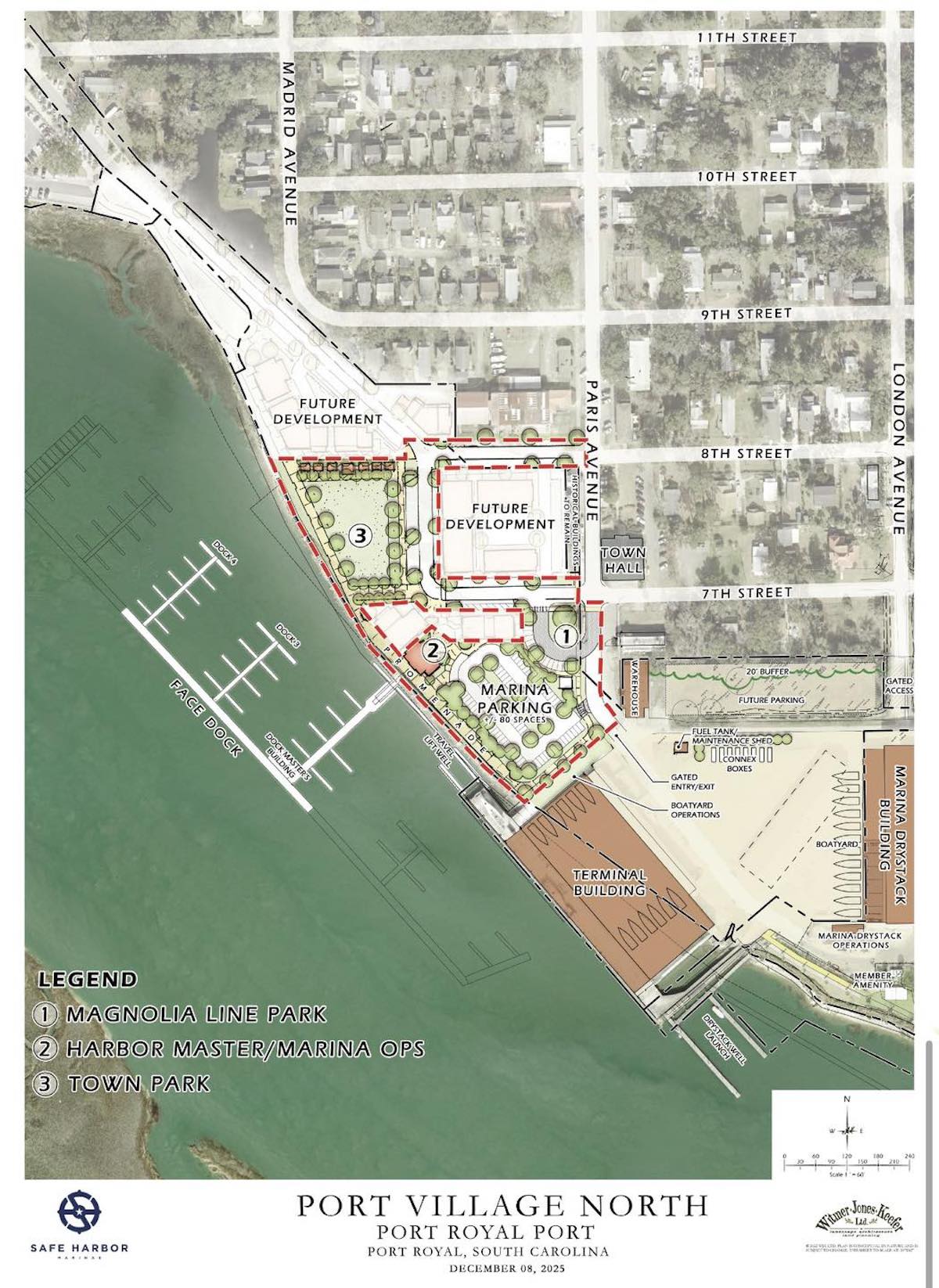It is Thursday, and I’m in North Adams, Mass. This morning it’s cold — 30 degrees — but I’m sitting inside brick walls that are three feet thick, looking out on the Hoosac River which runs just below the Eclipse Mill.
After we won our war with Britain, Americans began to contemplate economic independence. We began to think that making our own plows, wagon wheels and clothing was important if we wanted to stay free of the old, bearded ministers who made the rules at Westminster. All of which coincided with the mechanization of textile-making in the UK and in Scotland.
The Brits, still bitter over Yorktown, did not want to share their new, textile-making technology with us. But in the 1790s, English immigrants, who knew something about water-powered machinery, began to arrive in New England.
In order for textile mills to work, there had to be a nearby river with sufficient current to push a large wooden wheel either clock-wise or counter clock-wise. The rotation of this wheel was translated into the rotation of much smaller gears that changed the direction of fast-spinning shafts that pulled and twisted Southern-grown, slave-harvested cotton into yarn.
In the beginning these mills were built with wood, taking advantage of the huge hardwood forests that covered New England. The men who worked these mills earned 85 cents each day; the women 35 cents; the children 15 cents. These same workers bought soap, sugar and tobacco — stuff they could not grow themselves — at the company store.
During these early days the mills made a coarse cloth called “Negro Cloth” and sent that cloth South to the plantations that grew their cotton. They prospered in this trade and began to build larger, four-storied brick buildings using huge timbers to support the water-powered looms. As I write I can see those same white-painted, 1-foot-by-1- foot beams running above my head.
By 1847, the abolition movement in New England began calling for the end of the production of Negro Cloth and for the end of slavery in general. During this time the mills began to employ immigrants from Europe, as well as French Canadians. In those days the single men would live in one dormitory; the single women in another; children were also part of the work force despite the fact that there were laws in place to prohibit children (younger than 14) from working.
Although textile mills have been on this particular site since 1833, the large brick building where I am sitting was built in 1896. It produced cotton and silk cloth; shirts and draperies. By 1900, The Hoosac Cotton Company employed 1,200 employees, the managers living in duplex housing that still stands just across the river.
About this same time mills were being built in the South Carolina Upcountry. These came with modern machinery and, importantly, a lower paid labor force. Eventually that cheap labor would suck the textile-making completely out of New England.
In 1911 Lewis Hine, a photojournalist and writer, came to the North Adams taking photographs of the young, underaged boys then working at the Eclipse Mill. Later Hine would travel to Port Royal, S.C., and take pictures of young girls, some as young as 8, standing in front of an oyster-shucking shed where they shucked oysters just harvested from the Port Royal Sound.
World War II kept many Massachusetts mills in business as they shifted from textiles to gas masks, ponchos and tents. A nearby mill, Sprague Electric, began making electronic components (for the war effort) hiring as many as employees as North Adams and Berkshire County could produce. But eventually all the mills went silent.
In 2000, my wife inherited a small devise and decided to buy a studio in the now converted Eclipse Mill. I was surprised — thinking Massachusetts would not be as accessible as, say, Asheville, N.C.
But it’s worked out for Susan, and for me, and in the beginning the old Eclipse Mill workers were invited back to tour the new studios.
“Where did you work?” I asked an older woman who was clearly confused by the changes.
“Somewhere near here,” she said pointing to an area of uneven spruce flooring. “No. I think my machine was there … well it was someplace.”
It occurred to me that our sleek, Ikea-centered renovation had erased her history.
“I’m sorry …”
“No worries,” she said. “It was a different place. And very loud. I do have my memories.”
Scott Graber is a lawyer, novelist, veteran columnist and longtime resident of Port Royal. He can be reached at cscottgraber@gmail.com.









